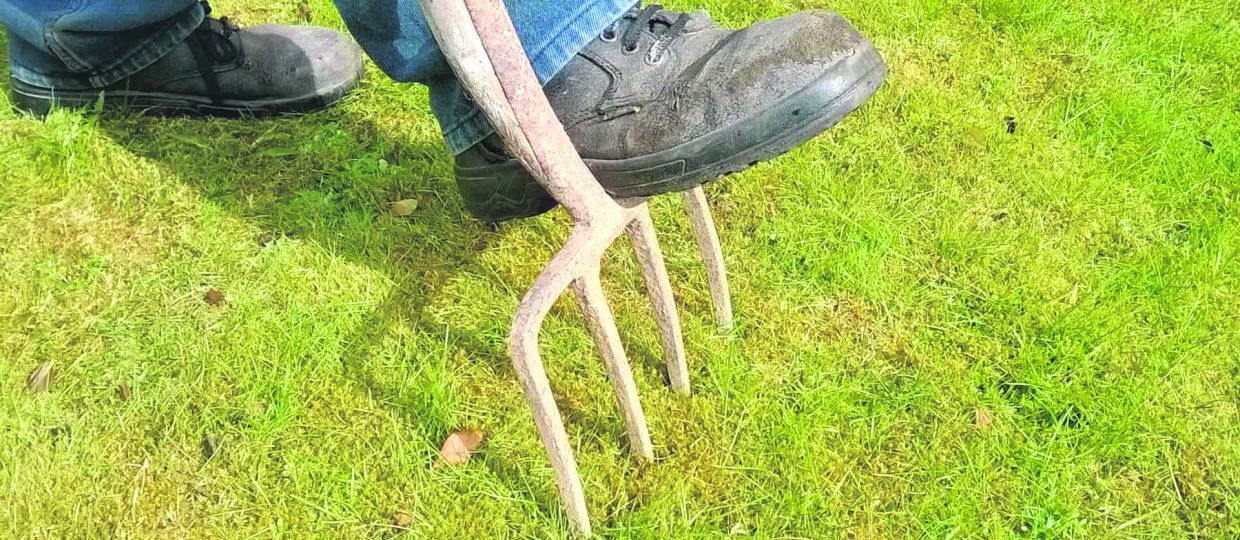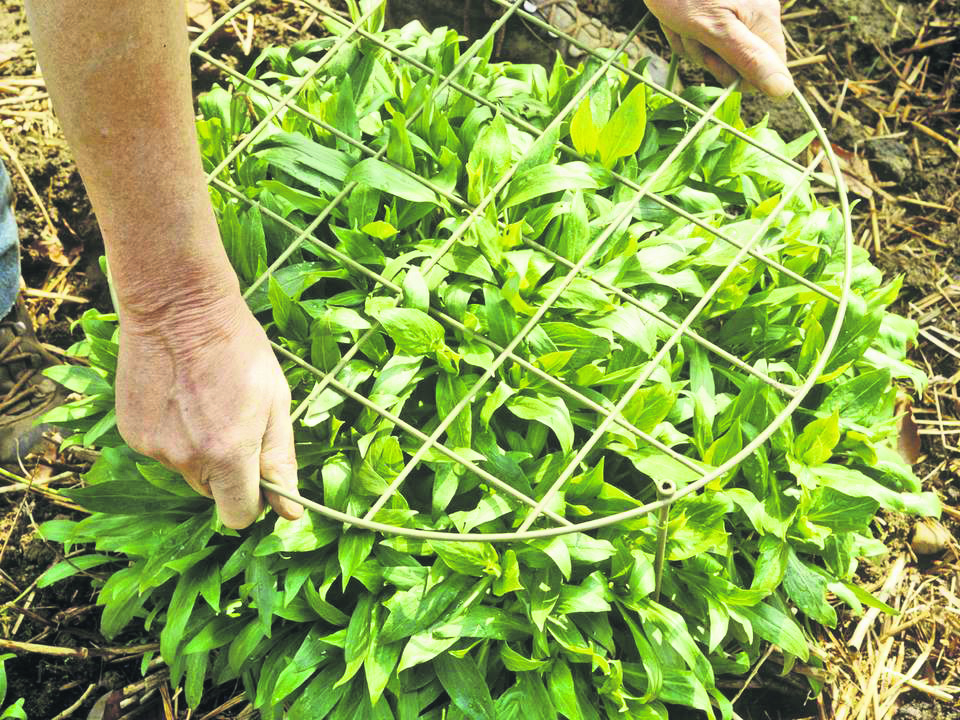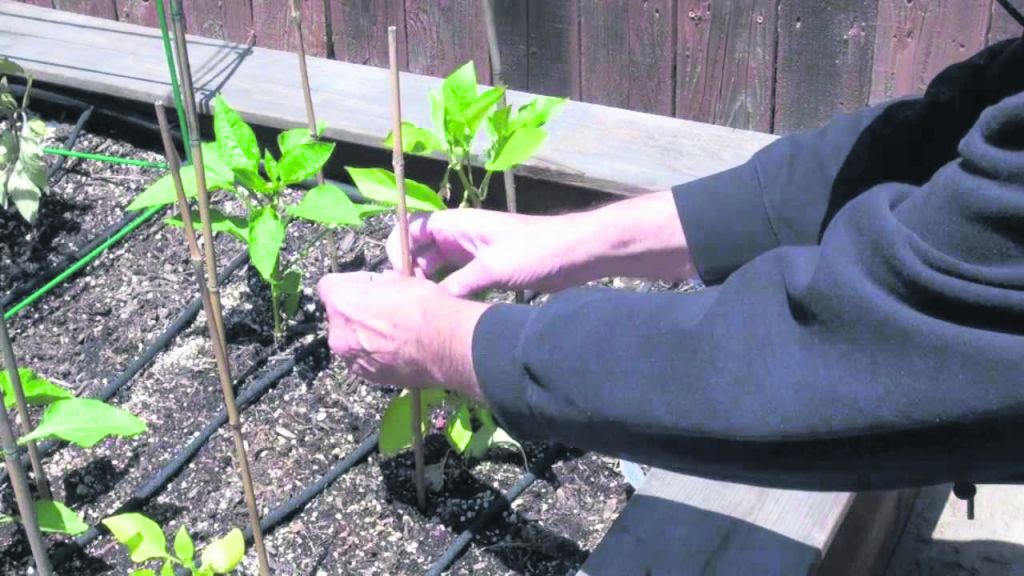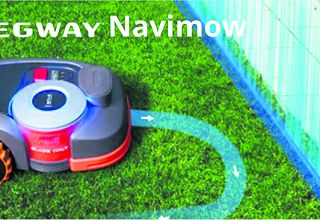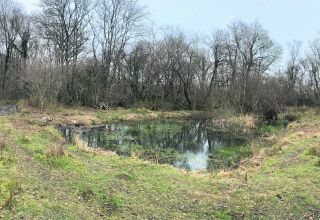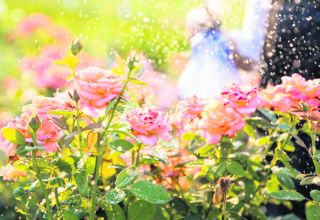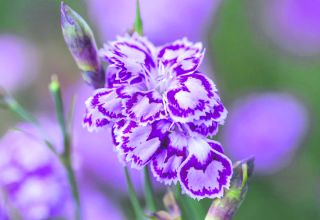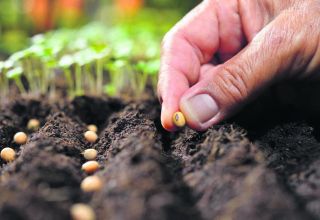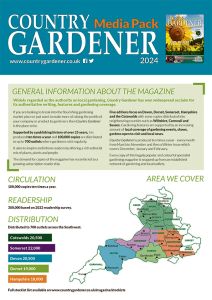April is one of the most action-packed months in the gardening calendar. The lengthening days make it the perfect time to set up the garden for the weeks and months ahead.
1. Plant out sweet peas
After pinching out sweet peas last month, they should have strong side-shoots that will flower well. Plant them next to a support that they can climb by wrapping their tendrils around; they’ll need to be tied in with string at the start to get them going.
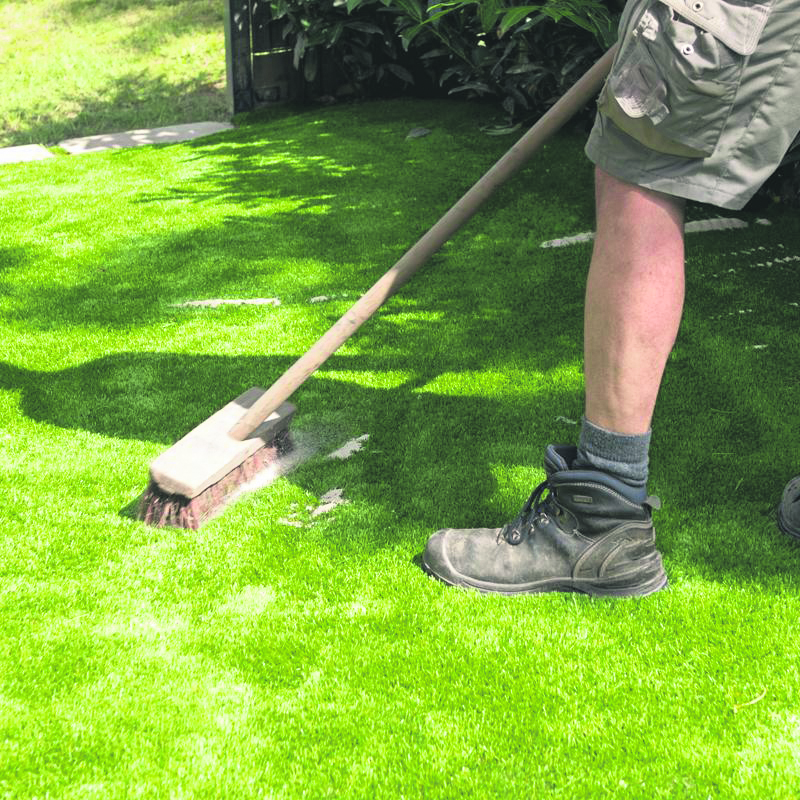
2. Tending the lawn time
Now is the time to start looking after your lawn. Sprinkle fertiliser or turf conditioner before the grass really gets going. Make sure you keep all edges tidy. As every gardener knows, trimmed edges can make all the difference. Also gardeners take the box off their cylinder mower when mowing. By sprinkling the fine grass cuttings, you put back organic matter into the lawn and you can use a lighter turf conditioner, which complements the lawn cuttings. Next, either using a proprietary aerator attachment, or a garden fork (which can be very tiring work), make holes across the lawn to help aerate the soil and prevent compaction. If you’re using a fork dig to a depth of about three to four inches and wiggle the tines to remove. Sprinkling sand into the holes also helps.
How much you want to remove weeds will depend on you and your lawn. The best approach is to pull individual weeds by hand.
Once you have removed the weeds and moss to your liking top-dress the lawn with a feed and conditioner.
3. Become a regular weed killer
Getting on top of weeds early in the season means that you should prevent them seeding and becoming a problem. Hoeing the border once a week works well. Perennial weeds, such as dandelions, will come back if they’re hoed off, so to get rid of them permanently by digging out roots.
4. Early April is the time to get potatoes in the ground
Potatoes need to be planted this month. As a rule new potatoes go in early to mid April. Main crops follow in the second half of the month but exactly when you plant your potatoes will depend on the conditions in your area. You want to avoid the emerging foliage being burned by frost. Plant out seed potatoes once ‘chitted’. Grow half a dozen in a dustbin if you have room in the greenhouse for a plate of earlies. Plant somewhere sunny into a six-inch deep trench lined with garden compost. New potatoes (also known as First and Second Earlies) should be spaced a foot apart. Leave 15 inches between main crop tubers.
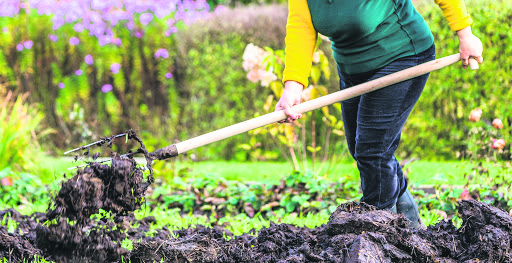
5. Give early season priority to your soil
Good soil structure is vital to high quality plant growth for the new season, and walking on wet soil will compact and damage that structure. If possible, use planks to spread your weight, or wait until the soil has dried out before treading on it. Creating a bed system so that you can reach and cultivate all parts of the plot from narrow paths around the sides is ideal. This will keep your soil in tiptop condition year-round, enabling you to space plants closer together. Research has found that in such a system yields are not reduced, despite the space taken by paths.
If you have a worm bin, your worms will need more food, as they become active after the winter cold. Continue to protect them from night frosts.
Rake out the uncomposted top layer of your compost heap and put to one side. Remove the ready compost from the bottom layers, bag it up and store somewhere dry. Return the un-composted stuff ready to activate all the micro-organisms that process the material.
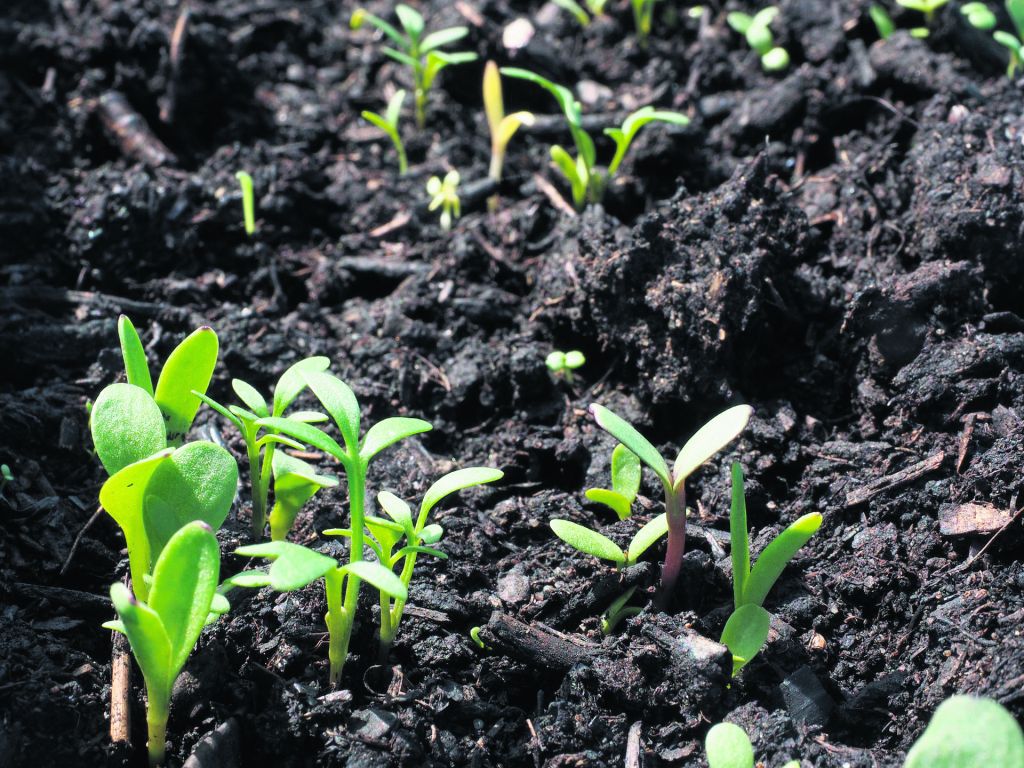
6. Time for some cautious sowing
As soon as the soil reaches 6°C you can start to sow directly outside. Sweet peas and broad beans can be sown first, and though the first of the salad can go in now you get better results if you warm the ground first with plastic or cloches. Early sowings of mustard, rocket and cut-and-come-again salad are some of the most delicious mouthfuls of the year, so seize the moment if it looks like the weather is with us and the month is kind.
Begonias are another option that provide long-lasting colour in the summer garden. Ensure the likelihood of frosts has passed before planting out.
7. Supporting roles early rather than later
It is a good idea to stake any plants early on to let them grow into their support rather than wade into the beds when growth is up and fragile. Staking late in the day is a fractious exercise and the plants always look bundled up if you stake too late.
In an ideal world one would only grow a handful of plants that need support, but in small gardens and where plants are drawn up to reach for light, this will be necessary. Hazel twigs are excellent, but steel hoops are most easily installed.
Make wigwams for sweet peas and climbing beans. Plant sweet peas now, but beans must wait until the Chelsea week in May or later if the weather still hasn’t warmed up.
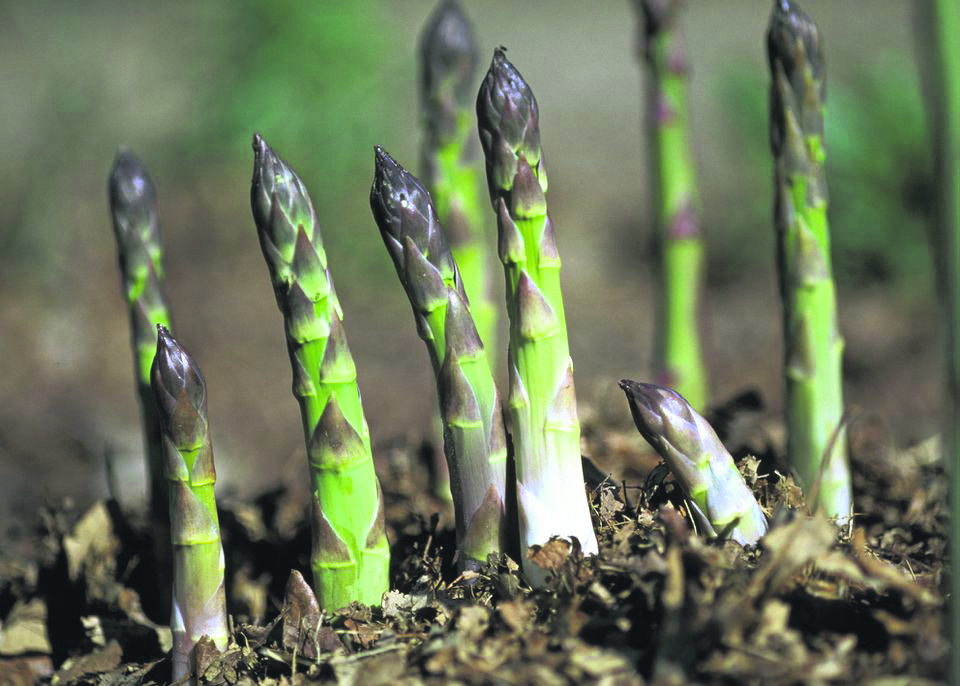
8. Get busy with these vegetable garden tasks
- Prepare vegetable seed beds by removing all weeds.
- Dig a five centimetre (or more) layer of compost, well-rotted manure or green waste into beds.
- Cover prepared soil with sheets of black plastic to keep it drier and warmer in preparation for planting.
- Build raised beds to take the bending out of growing vegetables.
- Harvest asparagus spears when they’re no more than 18 cm tall.
- Thin carrot seedlings to achieve good-sized carrots; do this in the evening when fewer carrot flies are around.
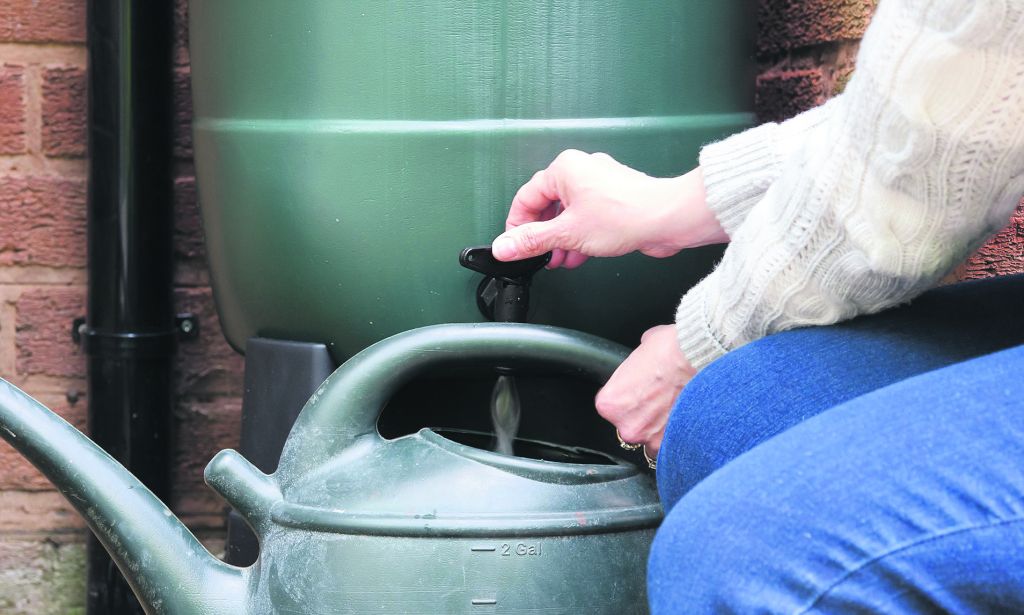
9. And if you still have time
Getting on top of weeds early in the season means that you should prevent them seeding and becoming a problem. Hoeing the border once a week works well. Perennial weeds, such as dandelions, will come back if they’re hoed off, so to get rid of them permanently by digging out roots.
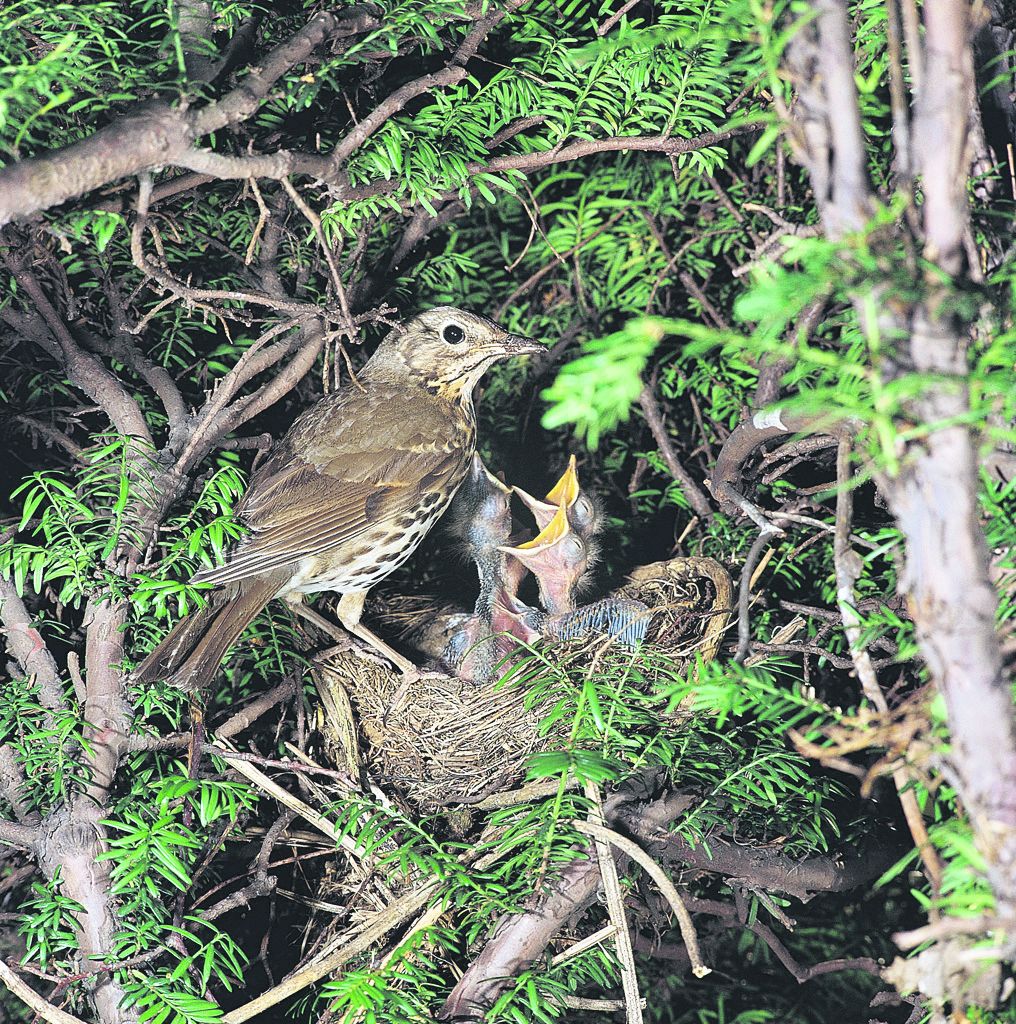
10. April and thinking about the birds
By April the breeding season is well under way and you will probably wake up to the dawn chorus most mornings. Migrant birds such as willow warblers, house martins, swifts and swallows will have returned from Africa to join the breeding frenzy. Adult birds will become more daring in their quest for insects, grubs and berries to feed their fledglings.
You should keep bird feeders well stocked for seed eaters such as finches and other farmland birds which sometimes venture into gardens at this time of year in search of extra food. However, make sure you don’t put out whole peanuts as if fed to baby birds they can cause choking.
Safe bird foods include wildbird seed mixes, black sunflower seeds, mild grated cheese; sultanas, raisins and currants; pinhead oatmeal; fresh soft fruit such as apples and pears, mealworms and waxworms. You could also buy or make fat balls which provide plenty of energy for birds to keep their strength up during the breeding season.
Although it is tempting to begin tidying up your garden after the winter, if you can, try to leave some areas undisturbed as it helps wildlife. Birds may be nesting in hedges and shrubs, so it would be better to wait until after the nesting season to trim them back.
11. All hands on deck for fruit growers
Early spring is a busy time for those who love growing fruit and work now may well determine your levels of crops in three or four months time.
To avoid risk of infection, stone fruits such as plum, cherry, peach, nectarine and apricot should only be pruned during the growing season. Prune late April, when the plants are in leaf and after flowering. Immediately seal all cuts greater than 1cm (½in) with wound seal.
Repot your citrus in fresh citrus-specific compost. If you can’t find this, ericaceous is the next best thing.
Top dress blueberries grown in pots with ericaceous compost. It’s important to have two different varieties of blueberries to get good production – they will fruit without, but you’ll get a paltry quantity.
All soft fruits, strawberries, raspberries, redcurrants, blackcurrants, and gooseberries, will benefit from a mulch. Garden compost, leaf mould, organic manure, straw, hay and spent mushroom compost can all be used.

